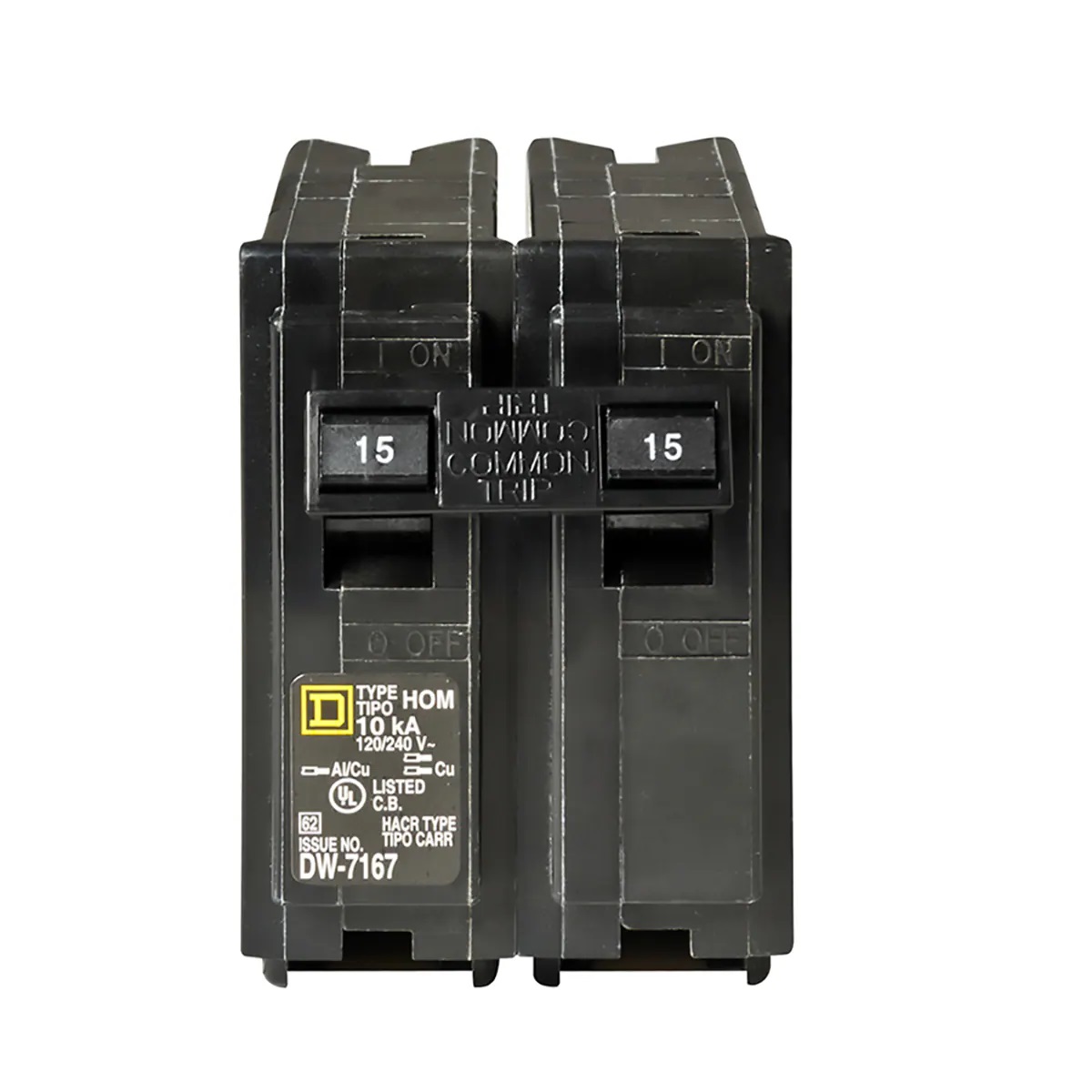

Articles
What Are 15 Amp Breakers Used For
Modified: February 24, 2024
Discover the various uses and applications of 15 amp breakers in our informative articles. Gain insights and choose the right breaker for your electrical needs.
(Many of the links in this article redirect to a specific reviewed product. Your purchase of these products through affiliate links helps to generate commission for Storables.com, at no extra cost. Learn more)
Introduction
Welcome to the world of electrical circuits and breakers! When it comes to safely distributing electricity throughout your home, understanding the role of breakers is essential. Breakers act as a protective barrier that prevents electrical overloads and short circuits from causing damage and potential hazards.
In this article, we will specifically delve into the world of 15 amp breakers. These compact devices play an important role in many residential electrical systems. We will explore what 15 amp breakers are, their typical uses, their advantages and limitations, safety precautions, and options for upgrading or replacing them.
Understanding amp breakers doesn’t require an advanced electrical engineering degree. With a little bit of knowledge, you can have a better understanding of how these devices function and make informed decisions about the electrical systems in your home.
Key Takeaways:
- Understanding the role of 15 amp breakers is crucial for safe electricity distribution in homes, offering advantages like wide availability and cost-effectiveness, but also limitations such as unsuitability for high-power appliances and potential for overloading.
- Safety precautions, proper wiring, and consulting with a licensed electrician are essential when using, upgrading, or replacing 15 amp breakers to ensure a reliable and efficient electrical system while prioritizing safety.
Understanding Amp Breakers
Before diving into the specifics of 15 amp breakers, it’s important to have a basic understanding of amp breakers in general. An amp breaker, or circuit breaker, is a safety device designed to protect electrical circuits from overloading and short circuits.
Electrical circuits are designed to handle a specific amount of electrical current, measured in amps (amperes). When the current flowing through a circuit exceeds its rated capacity, it can result in overheating, potential fire hazards, and damage to electrical appliances and devices.
Amp breakers are installed in the electrical panel of a home and act as switches that trip or disconnect the circuit when an overload or short circuit occurs. This action prevents further damage and restores the flow of electricity once the issue is resolved.
It’s important to note that different circuits in a home may have different amp ratings, depending on the electrical load they are designed to handle. This is where 15 amp breakers come into play.
Now that we have a basic understanding of amp breakers, let’s take a closer look at the specific characteristics and uses of 15 amp breakers.
Common Household Electrical Breakers
Residential electrical systems typically have a variety of circuit breakers, each serving a specific purpose and accommodating different electrical loads. Understanding the common household electrical breakers will provide a foundation for understanding the role of 15 amp breakers.
Here are some of the most common types of household electrical breakers:
- 15 Amp Breakers: These breakers handle circuits that distribute electricity to outlets and lighting fixtures in various rooms of the house. They are commonly used for general lighting and small household appliances with lower power requirements.
- 20 Amp Breakers: Similar to 15 amp breakers, 20 amp breakers accommodate circuits that distribute electricity to outlets and lighting fixtures. However, they can handle slightly higher electrical loads and are commonly used for larger appliances such as refrigerators and air conditioners.
- 30 Amp Breakers: These breakers are typically used for circuits that supply power to larger appliances such as electric dryers and water heaters. They can handle higher electrical loads and protect against overloading.
- 40 Amp Breakers: These breakers are designed for heavy-duty circuits that supply power to appliances such as electric ranges and ovens. They can handle significant electrical loads and provide protection against overloading.
- Double-Pole Breakers: Double-pole breakers consist of two interconnected switches and are used for larger electrical loads like air conditioning units, electric furnaces, and well pumps. These breakers provide protection for both hot wires simultaneously.
- GFCI Breakers: Ground Fault Circuit Interrupter (GFCI) breakers are designed to protect against electrical shocks in areas where water is present, such as kitchens and bathrooms. They monitor the electrical current and trip the circuit if a ground fault is detected.
These are just a few examples of the many types of electrical breakers used in residential electrical systems. Each breaker is designed to accommodate specific electrical loads and provide protection against overloading and electrical hazards.
Now that we have some context about common household electrical breakers, let’s focus specifically on 15 amp breakers and their uses in residential settings.
What Are 15 Amp Breakers?
In residential electrical systems, 15 amp breakers are commonly used to distribute electricity to outlets and lighting fixtures in various rooms of the house. These breakers are designed to handle a maximum electrical load of 15 amps.
The amp rating of a breaker indicates the amount of current it can safely handle without tripping. In the case of a 15 amp breaker, it can carry a maximum load of 15 amps before it automatically trips and interrupts the electrical flow.
It’s important to note that the amp rating of a breaker should be selected based on the specific electrical load it is intended to support. While 15 amp breakers are commonly used for general lighting and small household appliances, it’s crucial to consult an electrician or refer to local electrical codes to ensure proper selection and installation.
When it comes to identifying 15 amp breakers in the electrical panel, they are often labeled or color-coded for easy identification. This allows homeowners or electricians to quickly identify and troubleshoot circuits that are protected by 15 amp breakers.
Now that we understand what 15 amp breakers are, let’s explore their typical uses in residential electrical systems.
Typical Uses for 15 Amp Breakers
15 amp breakers serve a variety of critical purposes in residential electrical systems. They are commonly used to distribute electricity to outlets and lighting fixtures in various rooms of the house. Here are some typical uses for 15 amp breakers:
- General Lighting: 15 amp breakers are often used to power lighting fixtures throughout the house. This includes overhead lights, lamps, and other lighting installations in living rooms, bedrooms, hallways, and other areas.
- Power Outlets: 15 amp breakers supply power to outlets in various rooms. These outlets are used to plug in and power small household appliances such as televisions, computers, coffee makers, toasters, and other devices with lower power requirements.
- Kitchen Outlets: 15 amp breakers are commonly used to power kitchen outlets where appliances like blenders, microwaves, mixers, and small cooking appliances are plugged in. It’s important to note that certain high-power appliances in the kitchen may require dedicated circuits with higher amp ratings.
- Home Office or study-room: 15 amp breakers can power outlets in home offices or study rooms where computers, printers, and other office equipment are used. These breakers are designed to handle the electrical loads of these devices.
- Bedrooms: 15 amp breakers are often dedicated to powering outlets in bedrooms where bedside lamps, alarm clocks, chargers, and other small electronic devices are commonly used.
- Bathrooms: 15 amp breakers are used to provide power to outlets in bathrooms for devices such as hair dryers, electric shavers, and other personal grooming appliances. In areas where water is present, it’s common to have GFCI breakers installed for added safety.
These are just a few examples of the typical uses for 15 amp breakers in residential settings. It’s important to consider the specific electrical load requirements of each individual circuit and consult with a qualified electrician to ensure the proper installation and allocation of electrical resources.
Next, we will discuss the advantages and limitations of 15 amp breakers to help you make informed decisions about their use in your home.
15 amp breakers are typically used for lighting circuits, small appliances, and other low-power devices. It’s important to match the breaker size to the electrical load to prevent overheating and potential fire hazards.
Read more: What Amp Breaker For An Air Conditioner
Advantages and Limitations of 15 Amp Breakers
15 amp breakers offer several advantages in residential electrical systems, but it’s important to be aware of their limitations as well. Understanding both can help you make informed decisions when it comes to the allocation of electrical resources in your home.
Let’s start with the advantages:
- Wide Availability: 15 amp breakers are widely available at hardware stores, making them easily accessible for both homeowners and electricians. This means that replacing or upgrading a 15 amp breaker is generally a straightforward process.
- Suitable for General Use: 15 amp breakers are designed to handle the electrical load requirements of general lighting fixtures and small household appliances. They provide a sufficient amount of power for everyday use, making them suitable for most residential applications.
- Cost-effective: Compared to breakers with higher amp ratings, 15 amp breakers are typically more affordable. This affordability makes them an attractive option for homeowners looking to allocate their electrical resources efficiently.
- Compatible with Standard Wiring: 15 amp breakers are compatible with standard residential wiring configurations. This compatibility ensures that existing wiring can handle the electrical load requirements without requiring major modifications.
Now, let’s explore the limitations:
- Not Suitable for High-power Appliances: 15 amp breakers may not be sufficient for powering high-power appliances such as electric ranges, ovens, or large heating systems. These appliances typically require dedicated circuits with higher amp ratings to handle their electrical load requirements.
- Potential for Overloading: While 15 amp breakers can handle the electrical load of general lighting and small household appliances, it’s important to be mindful of the total load on a circuit. Overloading a circuit can lead to tripped breakers, potential fire hazards, and damage to electrical devices.
- Limited Number of Outlets: Depending on the size of your home and the electrical layout, the number of outlets that can be powered by a 15 amp breaker may be limited. This means that careful planning is required to ensure an adequate number of outlets per circuit.
- Not Ideal for High-Usage Areas: Areas of the house where high-power devices are commonly used, such as kitchens or home offices, may benefit from dedicated circuits with higher amp ratings. This ensures that the electrical load requirements of these areas can be safely met.
Understanding the advantages and limitations of 15 amp breakers allows you to make informed decisions when it comes to the electrical infrastructure in your home. It’s always recommended to consult with a qualified electrician for proper assessment and guidance based on your specific electrical needs.
Next, we will discuss some important safety precautions associated with using 15 amp breakers.
Safety Precautions When Using 15 Amp Breakers
While 15 amp breakers are designed to provide safe and efficient electricity distribution in residential settings, it’s essential to take certain safety precautions to prevent accidents, electrical hazards, and potential damage to your electrical system. Here are some important safety guidelines when using 15 amp breakers:
- Proper Wiring: Ensure that your electrical system is properly wired and meets the necessary safety standards. Faulty or inadequate wiring can pose serious risks, including electrical shocks, fires, and damage to electrical devices. If you are unsure about the wiring in your home, consult with a licensed electrician.
- Don’t Exceed the Amp Rating: 15 amp breakers are specifically designed to handle a maximum electrical load of 15 amps. Do not exceed this rating, as it can lead to overheating, tripped breakers, and potentially dangerous situations. Spread your electrical devices evenly across circuits to avoid overloading a single circuit.
- Ensure Proper Grounding: Grounding helps protect against electrical shock and provides a safe path for electrical energy to dissipate in the event of a fault. Make sure that all outlets and electrical devices are properly grounded to minimize the risk of electrical hazards.
- Regular Inspections and Maintenance: Regularly inspect your electrical system, including the 15 amp breakers and the wiring, for any signs of wear, damage, or loose connections. Address any issues promptly to prevent potential problems down the line. Consider scheduling periodic professional inspections to ensure the integrity of your electrical system.
- Keep Water Away: Avoid using electrical devices near water sources, as water increases the risk of electrical shock. Install GFCI outlets in areas where water is present, such as kitchens, bathrooms, and outdoor spaces, to provide enhanced protection against ground faults.
- Use Surge Protection: Install surge protectors to safeguard your electrical devices against power surges. Power surges can damage sensitive electronics, including computers, TVs, and other expensive devices. Surge protectors help absorb and divert excess voltage, protecting your devices from potential damage.
- Leave Electrical Work to Professionals: Unless you have the necessary knowledge and expertise, it’s best to leave electrical work and installations to trained professionals. Attempting to perform electrical work without proper training can lead to accidents, shock hazards, and potential damage to your electrical system.
By following these safety precautions, you can minimize the risk of electrical hazards and maintain a safe and functional electrical system in your home. Remember, safety should always be a top priority when working with electricity.
Lastly, let’s touch on the topic of upgrading or replacing 15 amp breakers.
Upgrading or Replacing 15 Amp Breakers
If you are considering upgrading or replacing your 15 amp breakers, there are a few factors to consider. Upgrading or replacing breakers can be necessary to accommodate increased electrical loads or to ensure the safety and efficiency of your electrical system. Here are some important considerations:
- Assess Your Electrical Needs: Evaluate your current and future electrical needs to determine if your existing 15 amp breakers are sufficient. If you find that you frequently experience tripped breakers or if you are planning to add new high-power devices, it may be time to consider upgrading to larger amp breakers or adding dedicated circuits with higher amp ratings.
- Consult with a Licensed Electrician: It’s highly recommended to consult with a licensed electrician to assess your electrical system and provide guidance on upgrading or replacing your breakers. An electrician can help evaluate the electrical loads, recommend the appropriate amp rating for your breakers, and ensure compliance with local electrical codes.
- Consider Electrical Panel Capacity: When upgrading or replacing breakers, it’s important to consider the capacity of your electrical panel. The panel should have sufficient space and capacity to accommodate the upgraded breakers. In some cases, you may need to upgrade the entire electrical panel to accommodate the increased electrical load.
- Upgrade to AFCI or GFCI Breakers: Consider upgrading your breakers to Arc Fault Circuit Interrupter (AFCI) or Ground Fault Circuit Interrupter (GFCI) breakers. AFCI breakers provide increased protection against arc faults, which are a common cause of electrical fires. GFCI breakers provide enhanced protection against electrical shocks in areas where water is present, such as kitchens, bathrooms, and outdoor spaces.
- Hire a Professional for Installation: Upgrading or replacing breakers should be done by a qualified electrician. They have the expertise and knowledge to safely perform the installation, ensuring the proper connection and functionality of the new breakers. Attempting to do it yourself without proper training can lead to hazards, electrical malfunctions, and potential damage to your electrical system.
- Follow Local Electrical Codes: When upgrading or replacing breakers, it’s essential to follow the electrical codes and regulations specific to your area. Electrical codes are in place to ensure the safety and proper functioning of electrical systems. A licensed electrician will be familiar with these codes and can ensure that your breaker upgrades or replacements are compliant.
Remember, any modifications or upgrades to your electrical system should be done with safety as the top priority. By seeking professional advice and following the appropriate guidelines and codes, you can ensure that your electrical system operates safely and efficiently.
Now that we’ve discussed upgrading or replacing 15 amp breakers, let’s conclude our article.
Conclusion
Understanding the role of 15 amp breakers in residential electrical systems is crucial for maintaining a safe and efficient home. These breakers, designed to handle a maximum load of 15 amps, play a vital role in distributing electricity to outlets and lighting fixtures throughout the house.
When used appropriately, 15 amp breakers offer several advantages such as wide availability, suitability for general use, cost-effectiveness, and compatibility with standard wiring. However, it’s important to be aware of their limitations, including their unsuitability for high-power appliances, potential for overloading, limited number of outlets, and their limitations in high-usage areas.
To ensure the safe operation of your electrical system, certain safety precautions should be followed. This includes proper wiring, avoiding exceeding the amp rating, ensuring proper grounding, regular inspections and maintenance, keeping water away from electrical devices, using surge protection, and leaving electrical work to professionals unless you have the necessary expertise.
If you find that your electrical needs have increased or if you require additional protection, upgrading or replacing 15 amp breakers may be necessary. Consulting with a licensed electrician is crucial for assessing your electrical needs, determining the appropriate amp ratings, considering electrical panel capacity, and ensuring compliance with local electrical codes.
By prioritizing safety, following guidelines, and seeking professional advice when needed, you can maintain a reliable and efficient electrical system in your home. Remember that working with electricity requires caution and expertise, so it’s always recommended to involve qualified professionals when dealing with any electrical modifications or installations.
We hope this article has provided you with valuable insights into the world of 15 amp breakers and their uses in residential settings. By understanding their role, advantages, limitations, and safety considerations, you can make informed decisions to optimize your electrical system and ensure the safety of your home and family.
Frequently Asked Questions about What Are 15 Amp Breakers Used For
Was this page helpful?
At Storables.com, we guarantee accurate and reliable information. Our content, validated by Expert Board Contributors, is crafted following stringent Editorial Policies. We're committed to providing you with well-researched, expert-backed insights for all your informational needs.
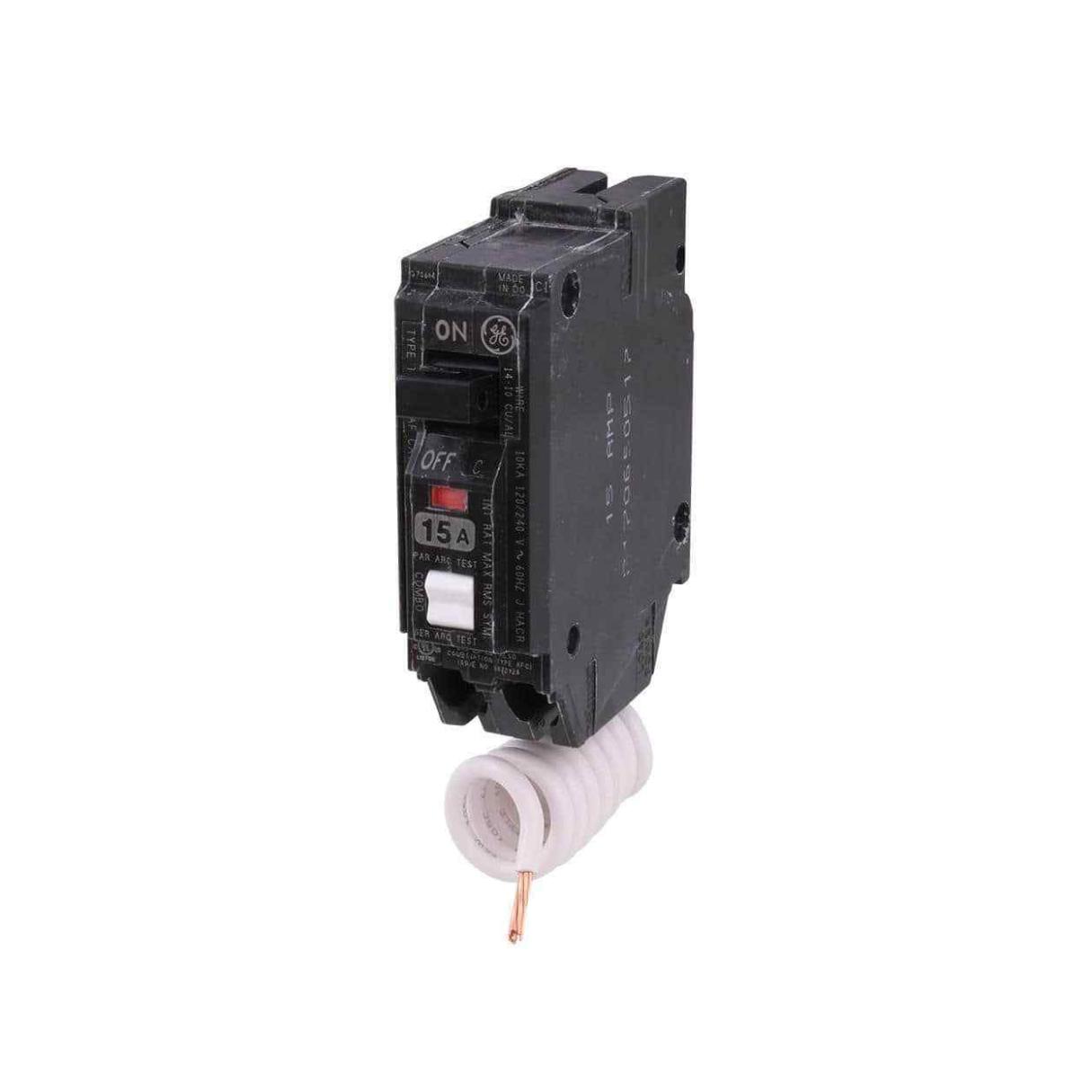
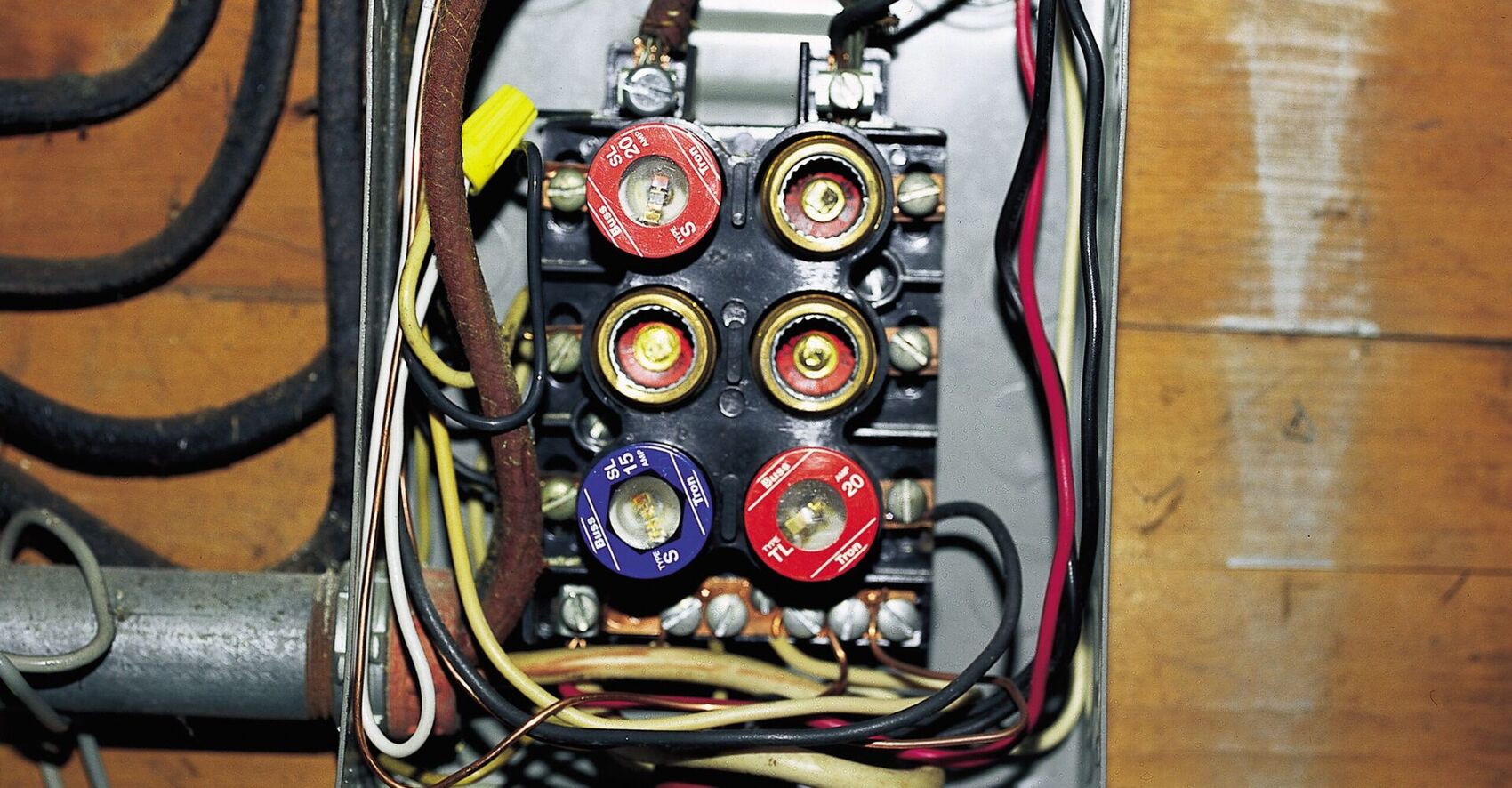
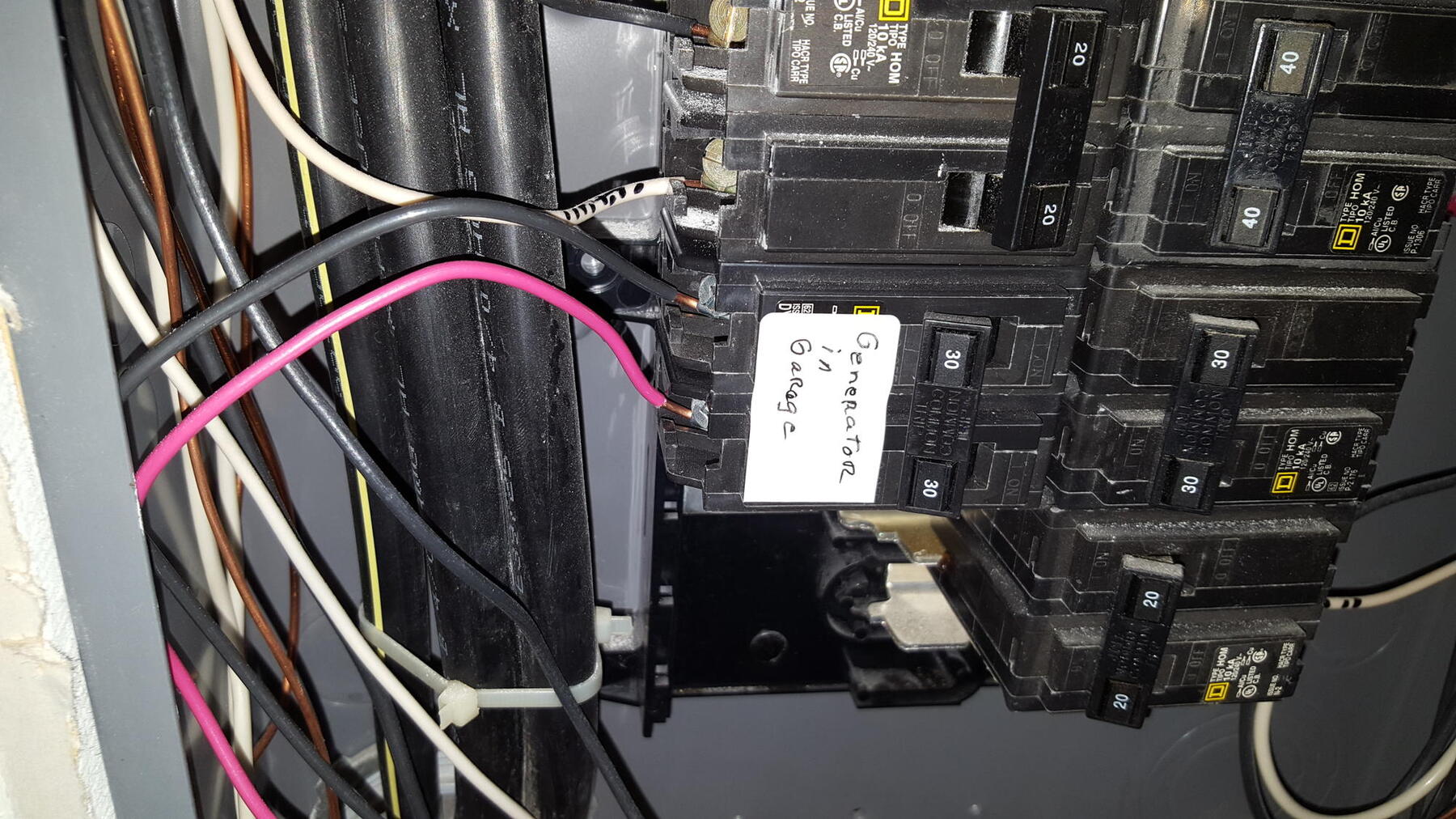
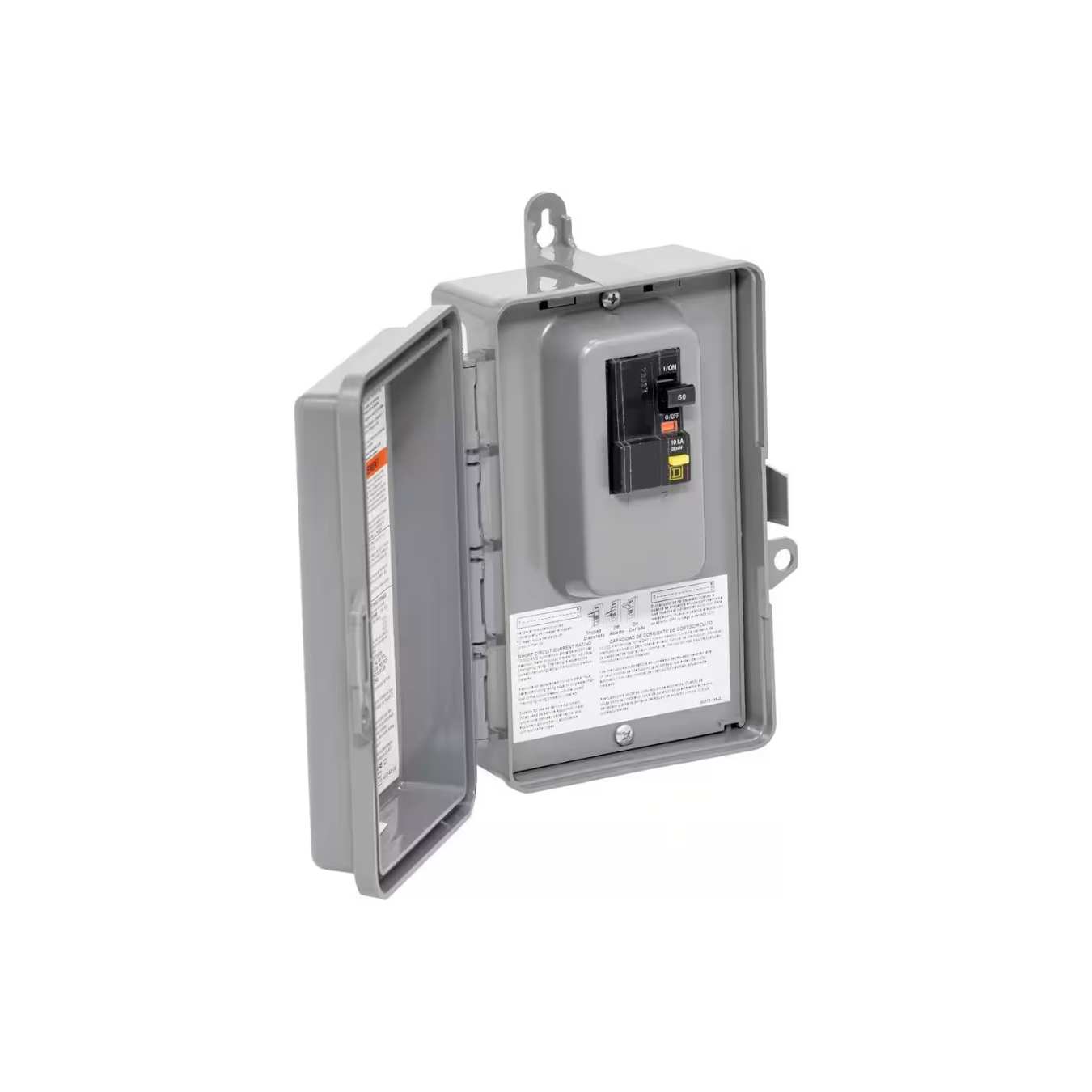
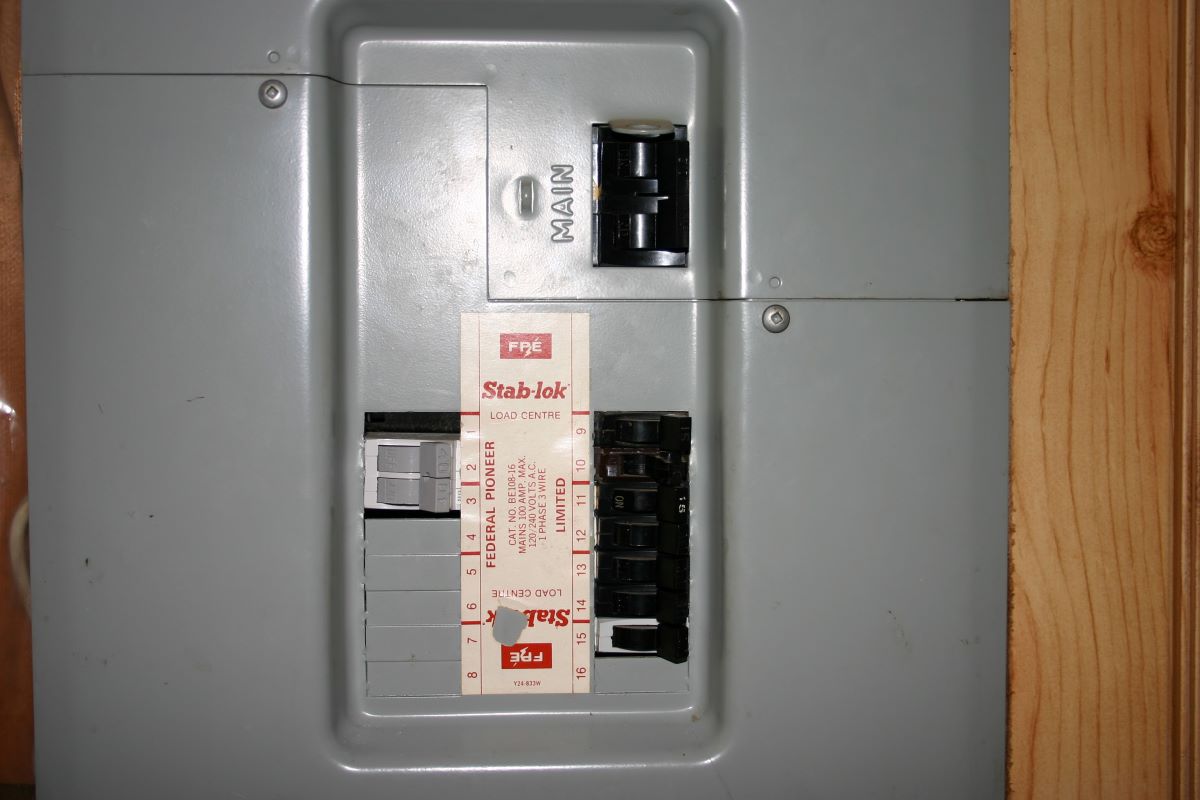

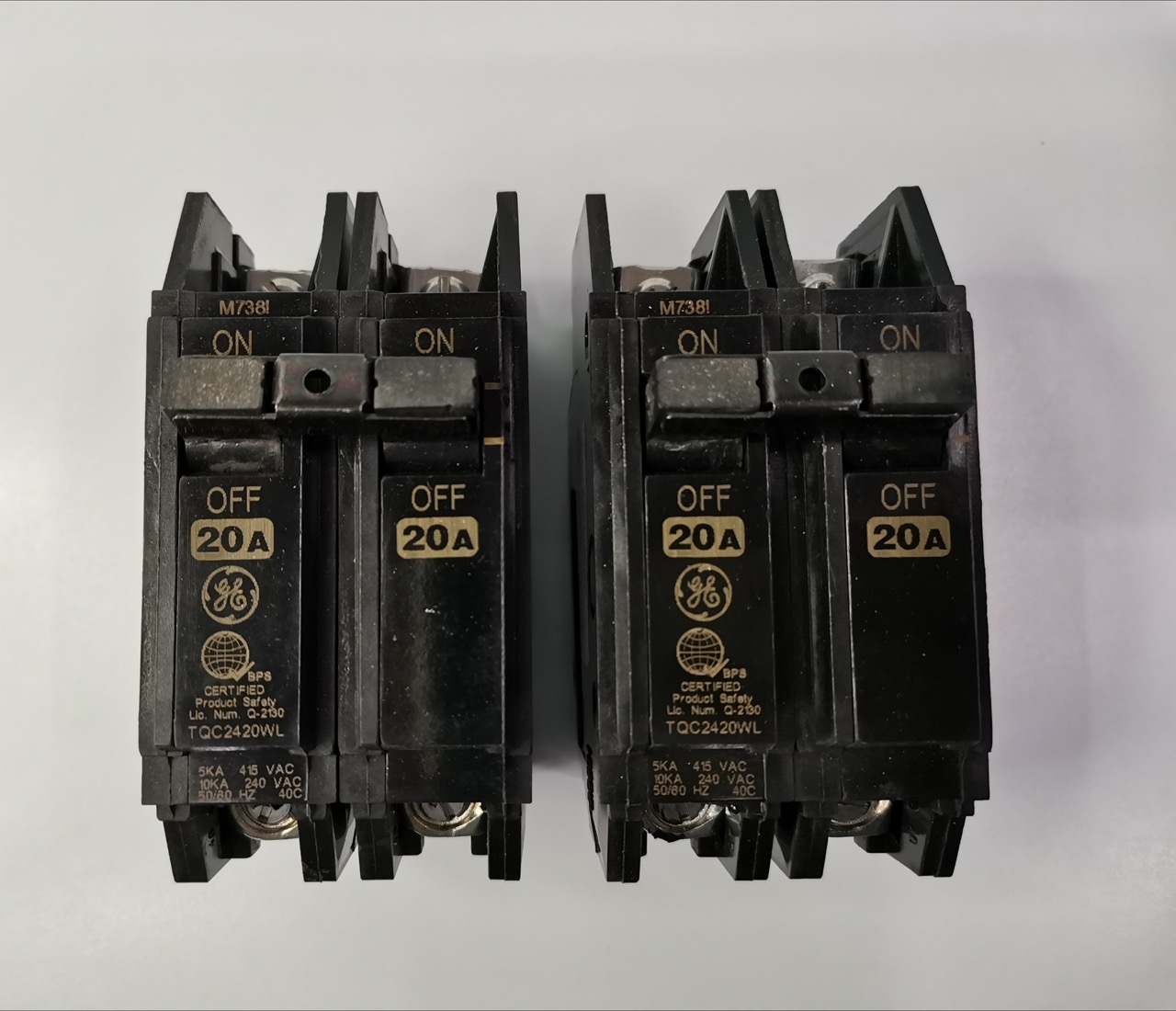
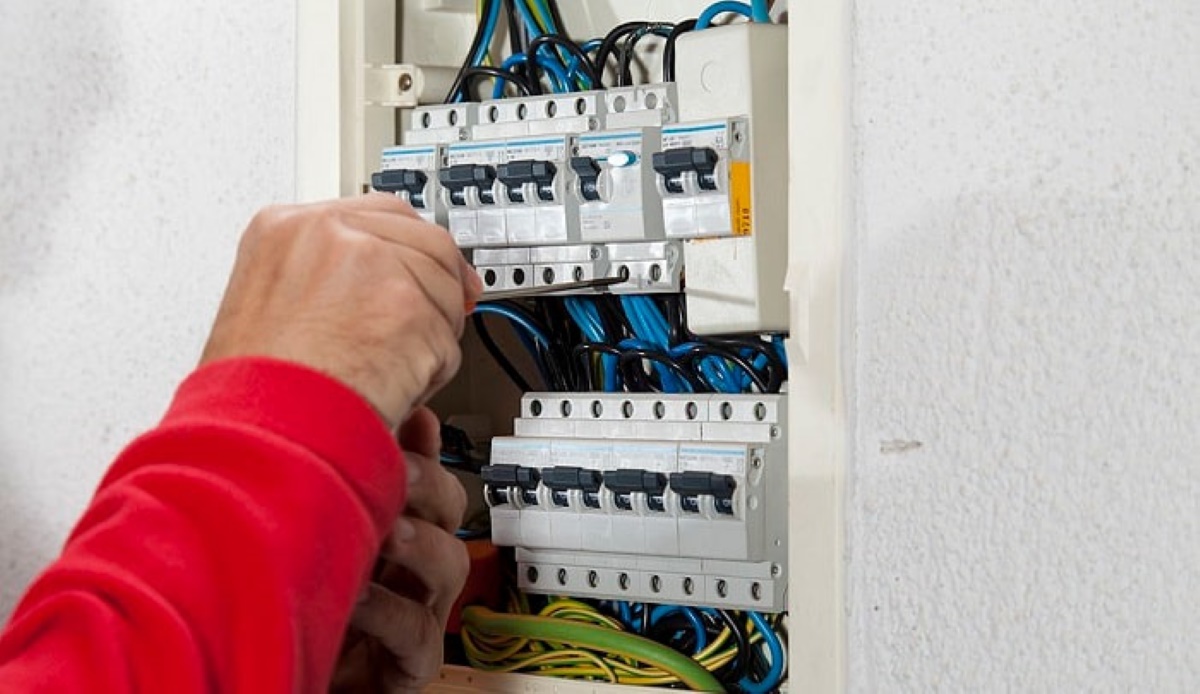
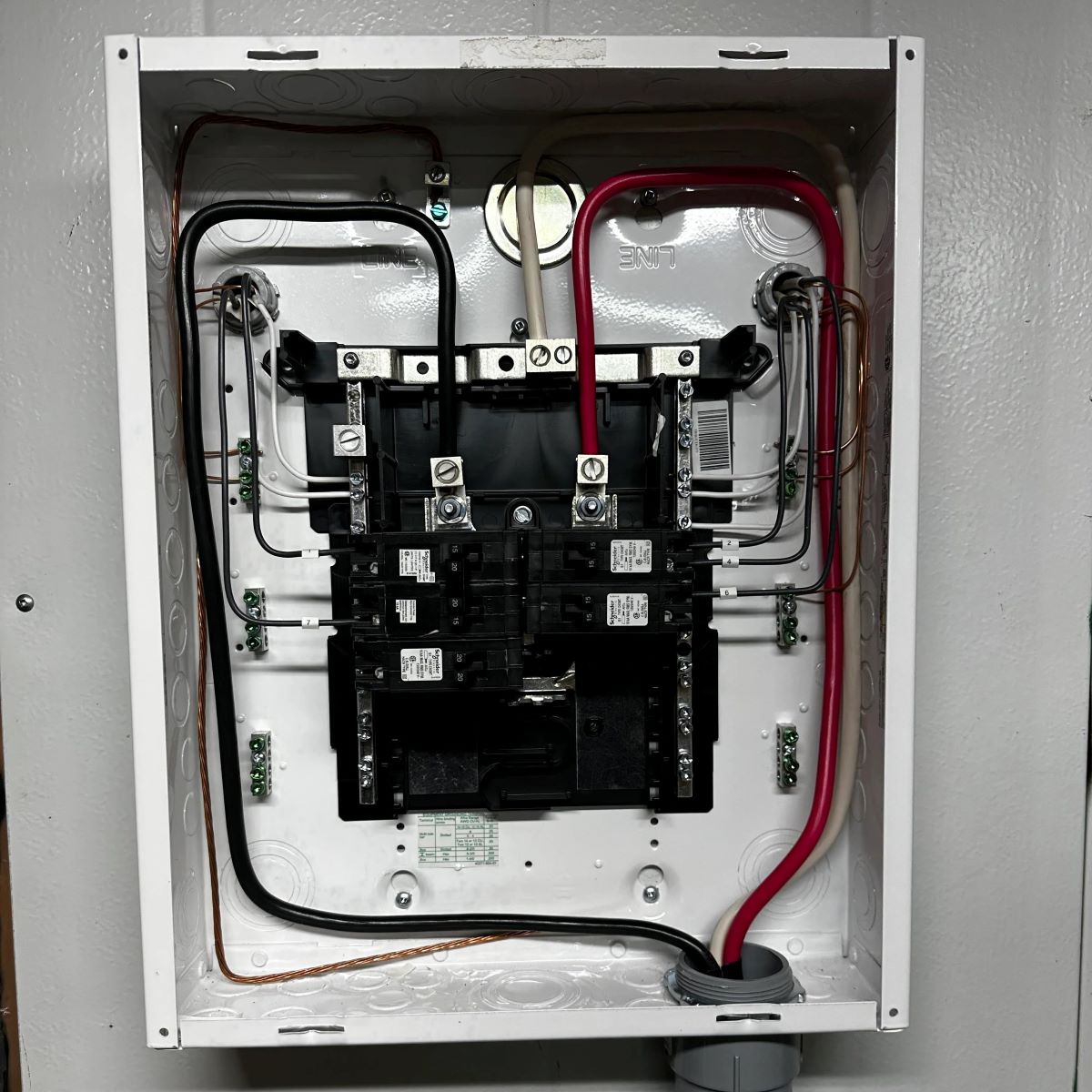
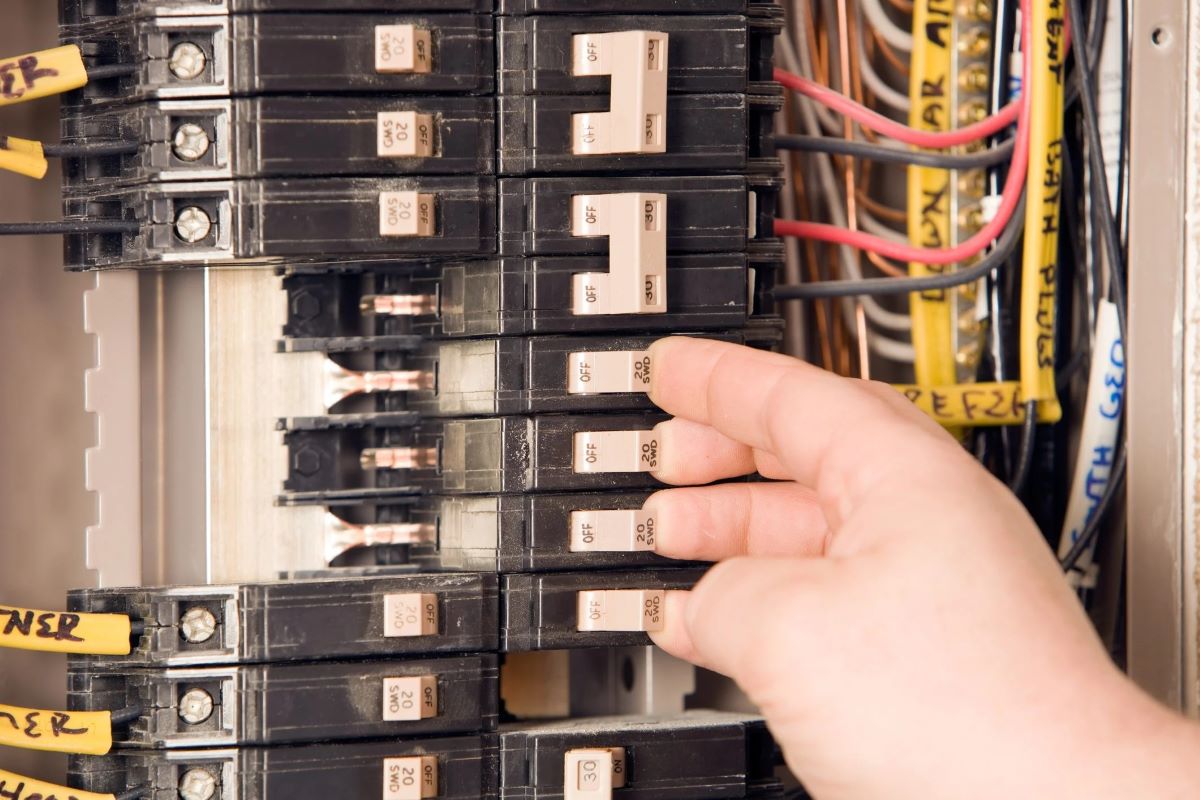
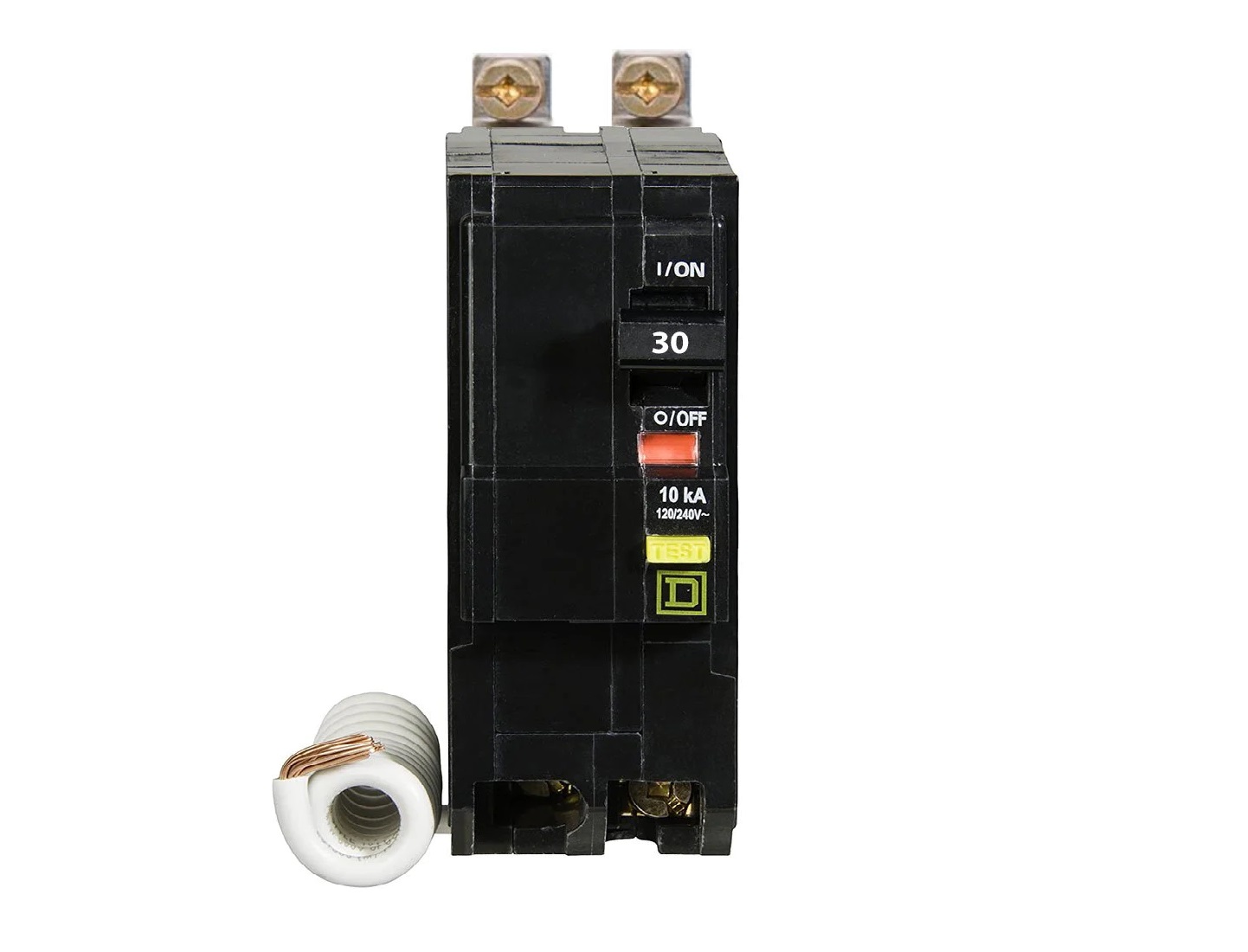
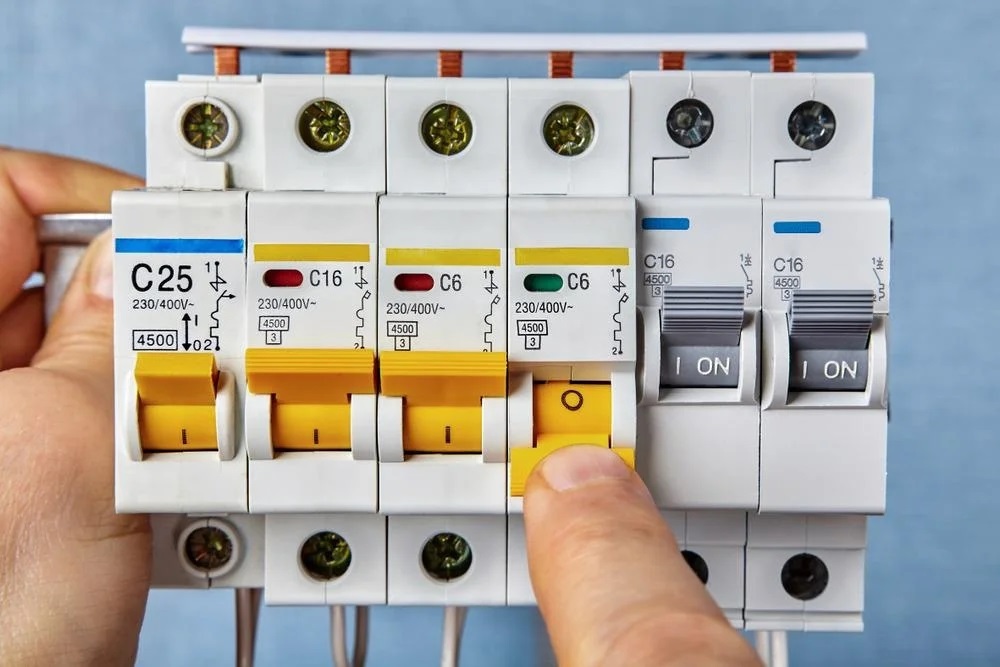
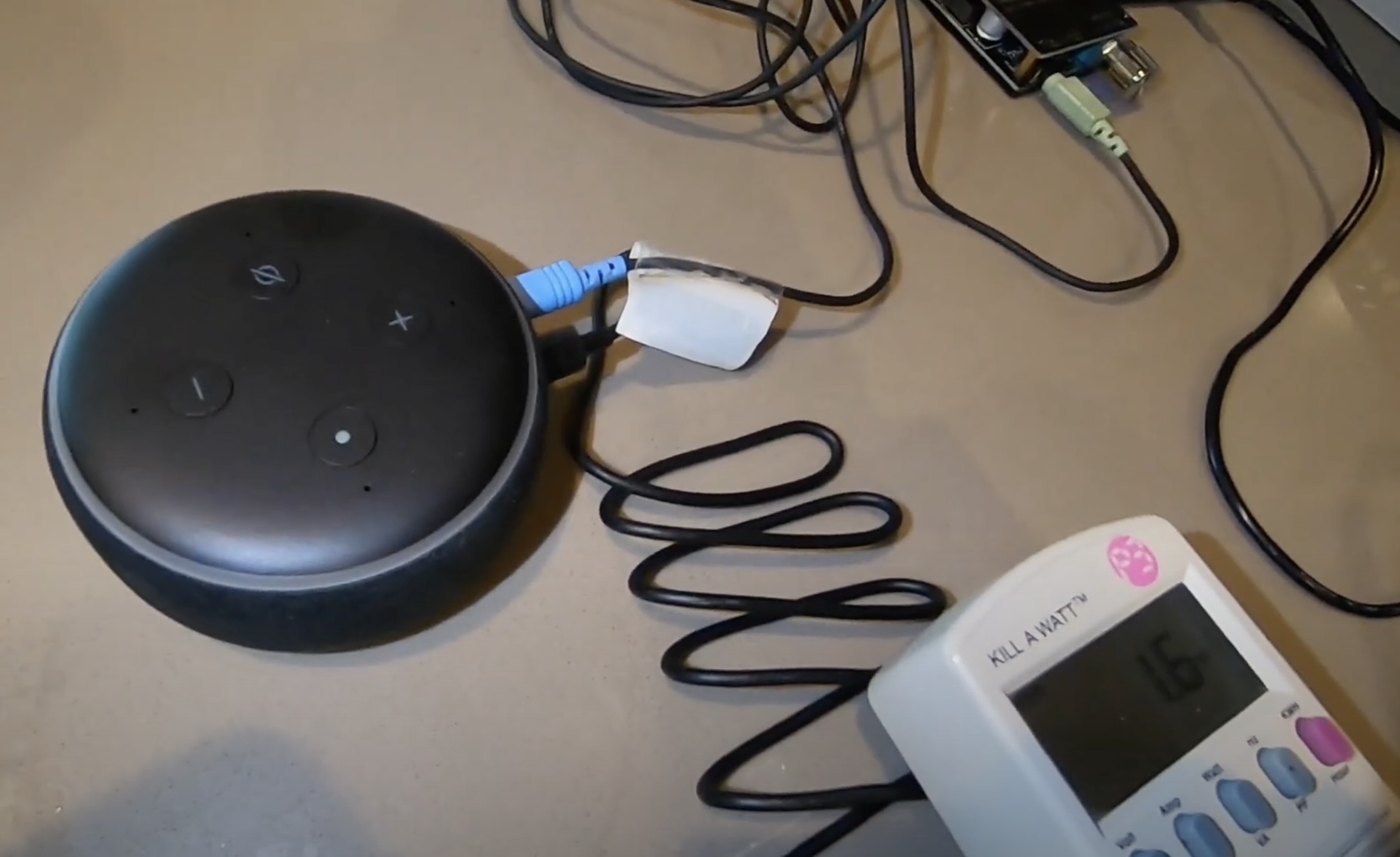
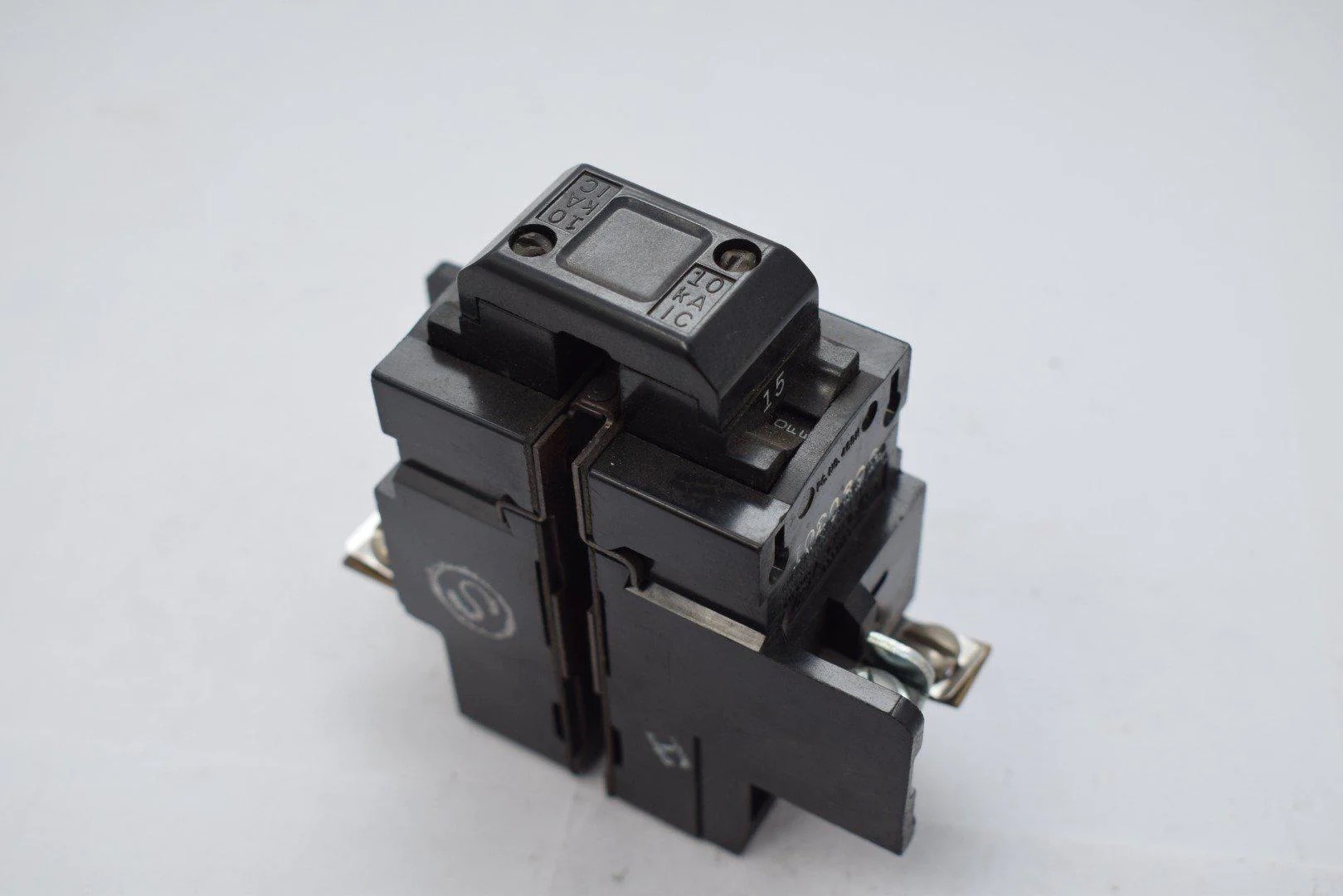

0 thoughts on “What Are 15 Amp Breakers Used For”